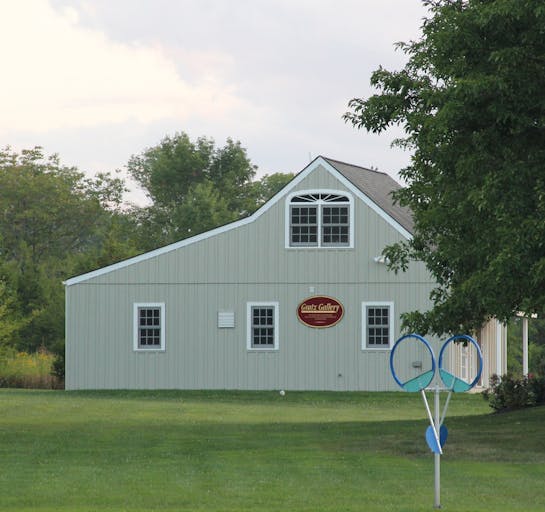Howard Pyle
1853 - 1911

Howard Pyle
1853 - 1911
Known as the man who revolutionized American book illustration in the late 19th century and described as "unquestionably the Renaissance man of American illustration" (Zellman 467), Howard Pyle did highly dramatic, detailed, and colorful illustrations of subjects ranging from American history to children's fairy tales. As a teacher, he had a significant influence on succeeding generations of illustrators including N.C. Wyeth, Maxfield Parrish, Ethel Franklin Betts, Jessie Willcox Smith and Harvey Dunn.
Howard Pyle was born at Wilmington, Delaware, and showing early art talent, commuted to Philadelphia to take classes from F.A. van der Wielen, a Belgian painter. He wrote and illustrated a poem, and when this was published in 1876, he moved to New York City to be close to national publishers. There he enrolled in the Art Student's League.
In New York City he gained attention for his skillful line drawings in the style of Albrecht Durer. In the 1870s, he began doing illustrations for the children's magazine, "St. Nicholas" and then accepted a number of book commissions including "Yankee Doodle" and Tennyson's "Lady of Shalott." He was author-illustrator of "The Merry Adventures of Robin Hood," 1883, and illustrated several other books tied to his interest in medieval lore. In 1902, he began illustrating his own version of the "Arthurian" legends.
From 1894, he began teaching classes at Philadelphia's Drexel Institute of Art, Science and Technology. The school authorities allowed him plenty of freedom with his teaching methods, which focused on students thinking in terms of the printed page rather than artwork on a wall and of placing themselves into their illustrations.
Four years later, he, established the Brandywine School of American illustration on the Brandywine River near the Delaware/Pennsylvania border. This resulted from students having been given scholarships the summer before by Drexel Institute to study with Pyle at his summer home in Chadds Ford, Pennsylvania near Wilmington. Attending these classes, N.C. Wyeth became aware of the charm of the region and subsequently located his family there.
Pyle's only visit to Europe was in the last year of his life, and he died unexpectedly in Florence, Italy on November 9, 1911, at the height of his career. More than 100 of his works are in the possession of the Brandywine River Museum in Chadds Ford, Pennsylvania.
Source: Askart.com
